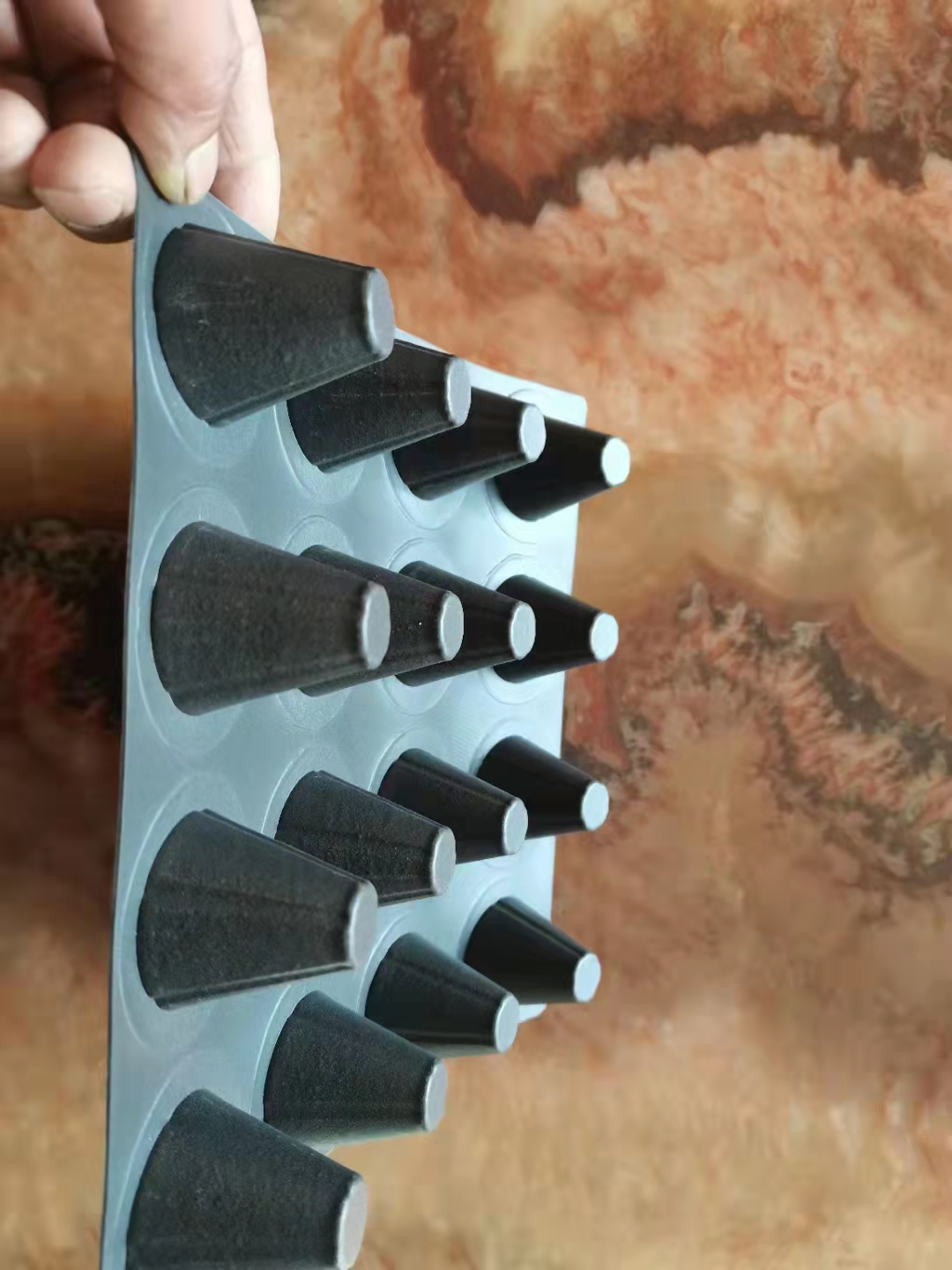
The pre-compression reinforcement technology of plastic drain boards has been widely used. Since the working environment of plastic drain boards is mainly soft clay, there are many problems in studying the scaling characteristics of filter membranes using the gradient ratio method. A new scaling test method and an axial compression scaling test method were studied. The siltation problem in geotextile environments. Through the axial compression scaling test of multiple sets of filter membranes, and compared the performance of the plastic drain board filter membrane after construction, the results showed that the unit area interception soil and permeability coefficient of the plastic membrane filter after construction were vertical. The axial compression scaling test was the same as the plastic after construction. The filter membrane of the drain board is very tight, and the first one is slightly smaller than the second one.
In the case of plastic clogging of the drain board filter membrane, silt, dredged backfill and some special soft clays with high water content and high clay particle content were tested. The disposal method of Kunming drain boards is to combine plastic drain boards with vacuum preloading methods for reinforcement. Plastic drain boards play a triple role of drainage, filtration and insulation in reinforced soil. Under the action of vacuum suction, water from the foundation enters in one direction and enters the filter membrane through the soil layer. Soil particles also gather around the filter membrane in the soil layer. Plastic drainage is carried out under the action of vacuum suction. Particles larger than the pore size of the filter membrane are blocked by the filter membrane, and fine particles smaller than the pore size of the filter membrane adhere to the filter membrane due to the thermal motion, inertia, diffusion, retention, aggregation and static electricity of molecules. Part of the membrane surface is embedded in the pores of the filter membrane, and part of it passes through the filter membrane, or is drained by water or retained on the center plate, which will cause the membrane to be blocked. The filter membrane and the central plate, thereby weakening the effect of the plastic drainage board.
In order to solve the clogging problem in the application of plastic drainage boards, some researchers have improved the construction technology and formed a new type of anti-clogging vacuum preloading method [1], controlled ventilation vacuum preloading method [2], etc. From the perspective of repairing the silt layer, researchers have tried to wash the silt layer by repeated suction and water absorption [3], and repeatedly wash with water [4], but the effect is not ideal. Xu Kai suggested using the In method [5], Benson CH et al. were engaged in developing a plastic drain board with high filtration performance to cover the filter membrane [6], in order to fundamentally solve the clogging problem. my country's new anti-clogging plastic drain board has been launched and promoted in Tianjin, Jiangsu, Guangdong and other places. In summary, the clogging problem is a key issue affecting the drainage effect of plastic drain boards, and testing the anti-clogging performance of filter membranes is of great significance. The internationally recognized geotextile siltation test method is the gradient ratio method developed by the US Army Engineer Corps. The measured value is the head of the pressure gauge and the penetration of water. Since the working environment of the plastic drain board filter membrane is mainly clay and other soils with poor permeability, when the gradient ratio method is used for clogging test, the head of the pressure gauge changes slowly because the water infiltrating into the soil is slow. And stable. This takes several days, and it is difficult to accurately determine whether the pressure gauge head is stable, and it is easy to have large differences in the pressure gauge head data at the same height.






 " />
" />